There are few things more frustrating for pet owners than when their puppy stops walking and won't move mid-stroll. One minute you're both enjoying a pleasant walk, the next your furry friend has put on the brakes, and no amount of gentle tugging or coaxing can get them going. This sudden halt can be confusing and worrying. Is it stubbornness, fear, or something more serious?
This behaviour, often called "pancaking" or "stalling," is common in both young puppies and adult dogs. Understanding the root cause is the first step toward resolving it. This guide will explore the various reasons why your dog might suddenly refuse to walk, covering everything from behavioural triggers and training issues to potential health problems. By the end, you'll have a clearer idea of what might be happening and actionable steps to get your dog moving again.
Disclaimer: The advice provided in this blog post is for informational purposes only and does not constitute medical advice regarding pets. Always contact your vet for an accurate diagnosis and treatment plan for your pet's condition.
Reasons Why Your Dog Stops Walking
When your dog frequently stops walking, it's their way of communicating that something isn't right. The cause can be physical, psychological, or related to their gear. Let's break down the most common reasons.
1. Fear or Anxiety
For many dogs, especially young puppies, the outside world can be an overwhelming or frightening experience. An unfamiliar environment can trigger fear, causing them to stop in their tracks.
-
Loud Noises: Unexpected sounds like traffic, construction, or even a distant siren can startle a dog.
-
Unfamiliar Objects: A flapping plastic bag, a strange statue, or even a trash can in a new spot can seem threatening.
-
Negative Past Experiences: If a dog had a scary encounter on a particular route—like being rushed by an off-leash dog—they may refuse to walk in that area again.
-
Over-stimulation: Busy streets with lots of people, smells, and sounds can be too much for some dogs to process, leading them to shut down.
A fearful dog might show a crouched body posture, tuck their tail, or try to hide behind you. The key is to identify the source of your dog's fear and manage the situation safely. Never force them to confront what scares them. Instead, create distance and use positive reinforcement to build their confidence.
2. Physical Discomfort or Joint Pain
One of the most serious reasons a dog stops walking is pain. This is particularly common in older dogs but can affect dogs of any age.
-
Joint Pain: Conditions like hip dysplasia or arthritis can make walking painful. If your dog is experiencing joint pain, they may be reluctant to move, especially during cold weather or on long walks. They might limp, lift one leg, or be slow to get up after resting.
-
Paw Pad Injury: Check your dog's paws. A foreign object stuck between their toes, a cut, or a hurt paw pad from hot pavement or rough terrain can cause them to stop walking immediately.
-
Ill-fitting Gear: Your dog's walking gear could be the culprit. A collar that's too tight, a weighted collar, or a harness that chafes can cause discomfort. A lighter collar or a better-fitting harness might solve the problem.
-
Underlying Medical Condition: Many health issues can cause lethargy or pain. If the behaviour is new and accompanied by other physical symptoms, it's crucial to contact your vet.
3. Fatigue or Overtiredness
This is especially common in young puppies. Their energy comes in short bursts, and they tire out quickly. An adult dog might also be tired if they've had a particularly active day. If you suspect fatigue, keep the walk short and sweet. Pushing them too far can create a negative association with outdoor walks.
How to Get Your Dog Moving Again
Once you have an idea of why your dog doesn't want to walk, you can start addressing the issue. The goal is to encourage movement without rewarding negative behaviours.
Implement Proper Leash Training
Good leash training is fundamental for enjoyable dog walking. If your dog pulls on the leash or feels restricted, they may resist walking altogether.
-
Start Early: Begin leash training as soon as you bring your puppy home. Let them get used to wearing a collar and leash for brief periods inside.
-
Use Positive Reinforcement: Reward good walking behaviours. When your dog walks nicely by your side, even for a few seconds, offer a treat and praise.
-
Avoid Pulling: Pulling on the leash creates a battle of wills. If your dog stops, pulling them forward will only increase their resistance. Instead, get their attention with a high-value treat or a favourite toy.
Make Walks a Positive Experience
Your dog should look forward to their walk. If they seem bored or anxious, it's time to prevent pulling and spice things up.
-
Vary Your Routes: Explore new and interesting locations. A change of scenery provides new smells and mental stimulation, which can make walks more exciting.
-
Let Them Sniff: Sniffing is a natural and important behaviour for dogs. It's how they gather information about their environment. Allow your dog time to stop and smell the roses (and everything else).
-
Play Games: Turn your walk into a game. Practice commands like "sit" or "touch," or bring a toy to get your dog's attention and make the walk more interactive.
Build Confidence and Address Fear
If fear is the reason your dog stops, you'll need to work on building their confidence.
-
Go at Your Dog's Pace: Let them approach new situations slowly. If they seem scared, create distance and try again from further away.
-
Counter-Conditioning: Pair scary things with something positive. For example, if your dog is scared of the trash can, stand at a comfortable distance and give them treats. Gradually decrease the distance over several sessions.
-
Safe Spaces: If your dog is consistently overwhelmed on leashed walks, try a secure, enclosed dog run or a fenced backyard where they can explore without pressure.
When to Call Your Vet
If your dog frequently stops walking and you can't identify a behavioural cause, it's time to seek professional help.
Make an appointment with your vet if you notice:
-
Limping, stiffness, or difficulty getting up.
-
Crying or whimpering when moving.
-
Sudden changes in energy or appetite.
-
Any visible injuries or physical symptoms of an underlying medical condition.
Your vet can perform a physical examination to check for joint pain in dogs, injuries, or other health issues. An accurate diagnosis is essential for creating an effective treatment plan and getting your canine companion back on their feet.
Your Next Steps to Happy Walks
Watching your puppy or adult dog refuse to walk can be a real challenge, but patience and understanding are your best tools. By observing your pet's body language and considering the context, you can start to figure out what's causing them to stop.
Start by ruling out physical discomfort—check their paws, ensure their harness fits well, and consider their age and energy levels. From there, focus on making walks a fun and positive experience through proper leash training and confidence-building exercises.
If the problem persists or you suspect an underlying medical condition, don't hesitate to call your vet. With the right approach, you can get to the bottom of the issue and look forward to many more happy walks together.

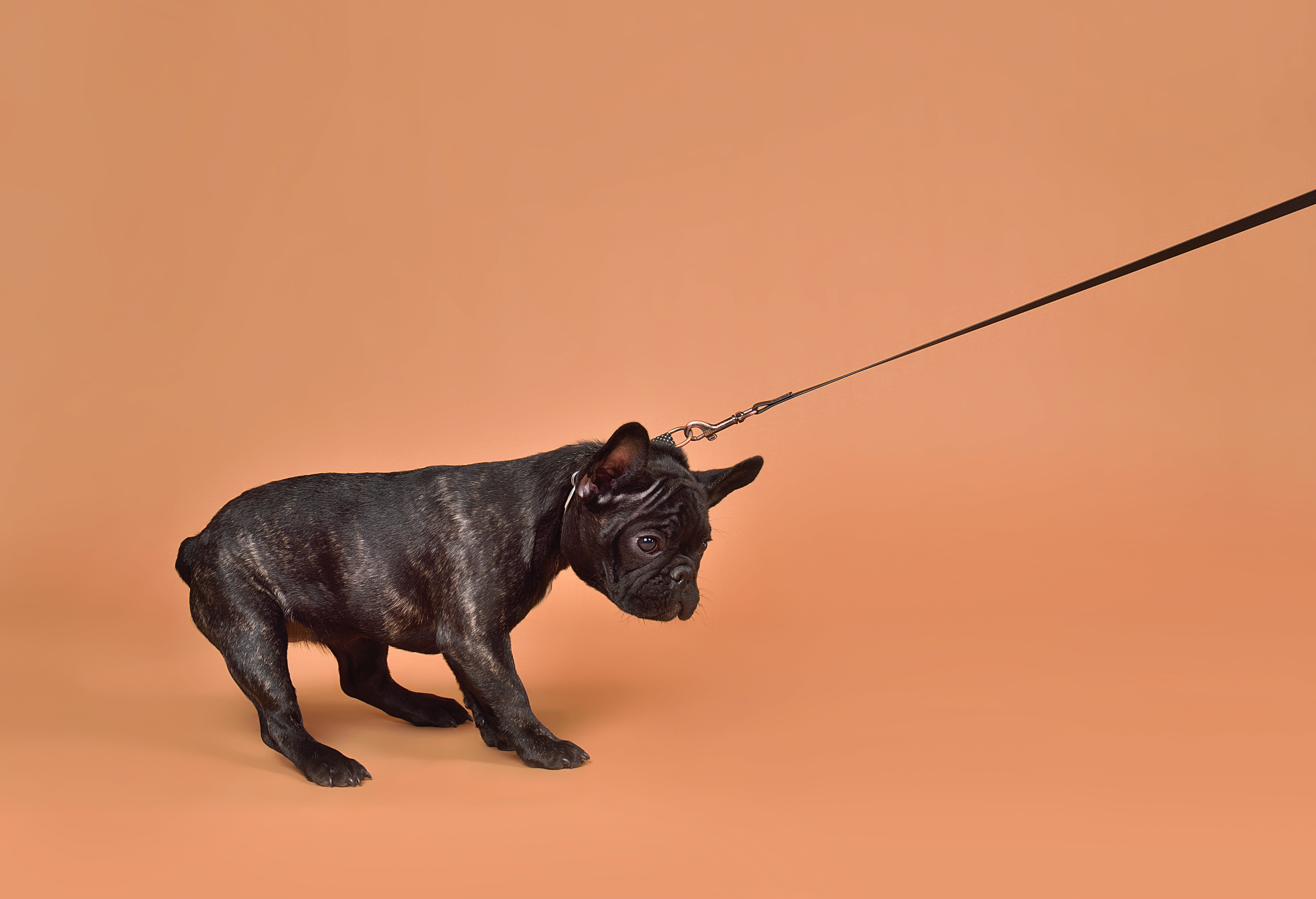

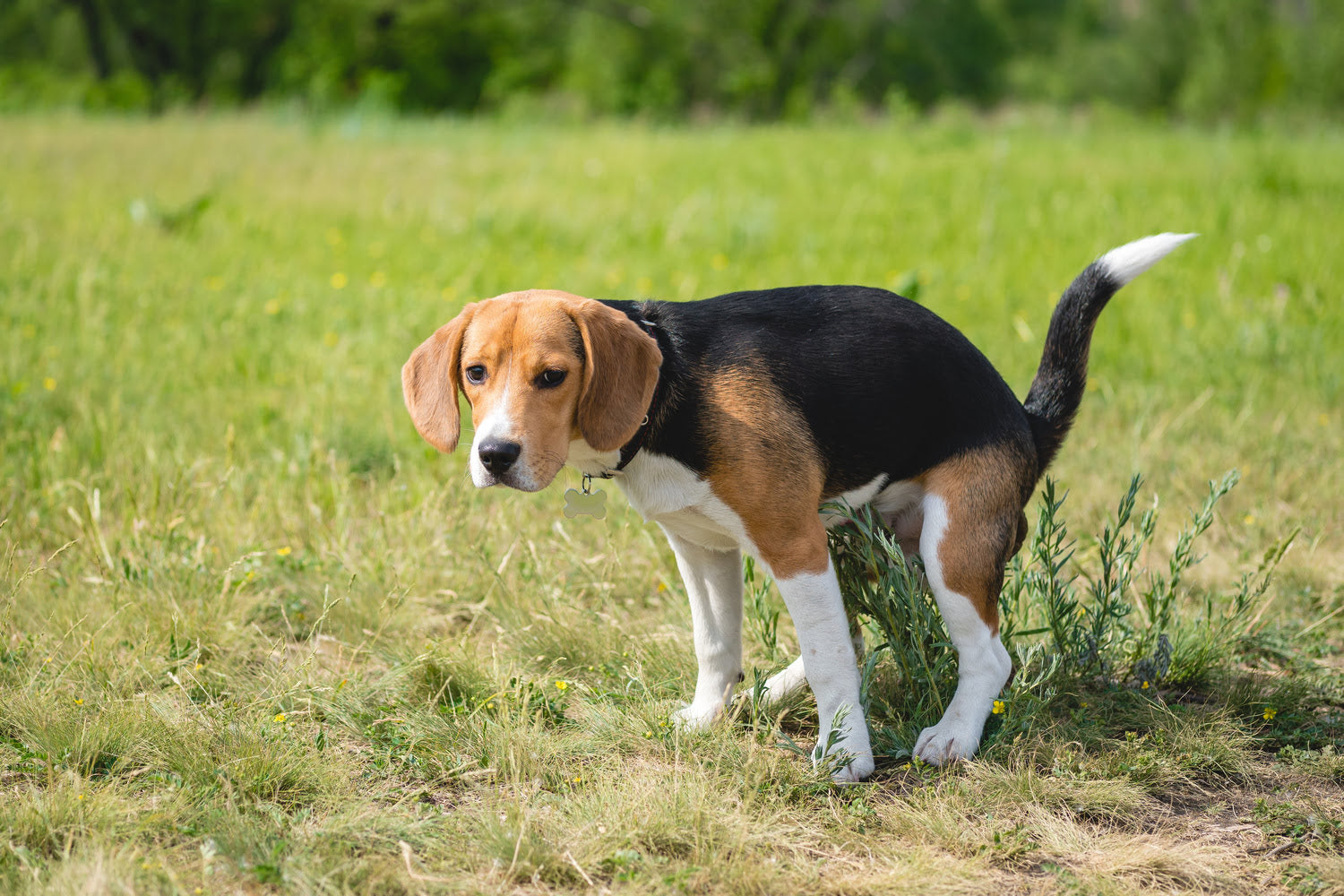
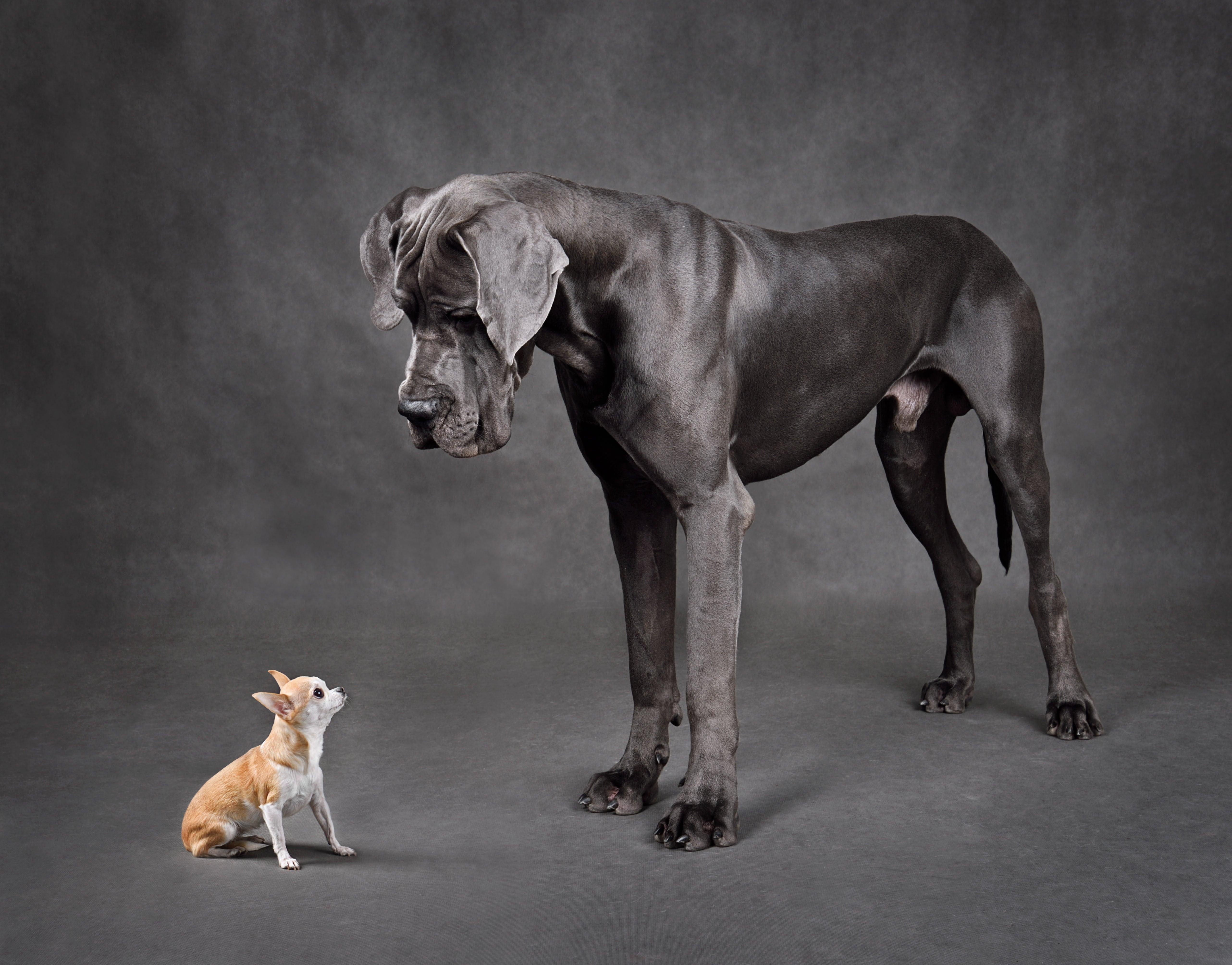



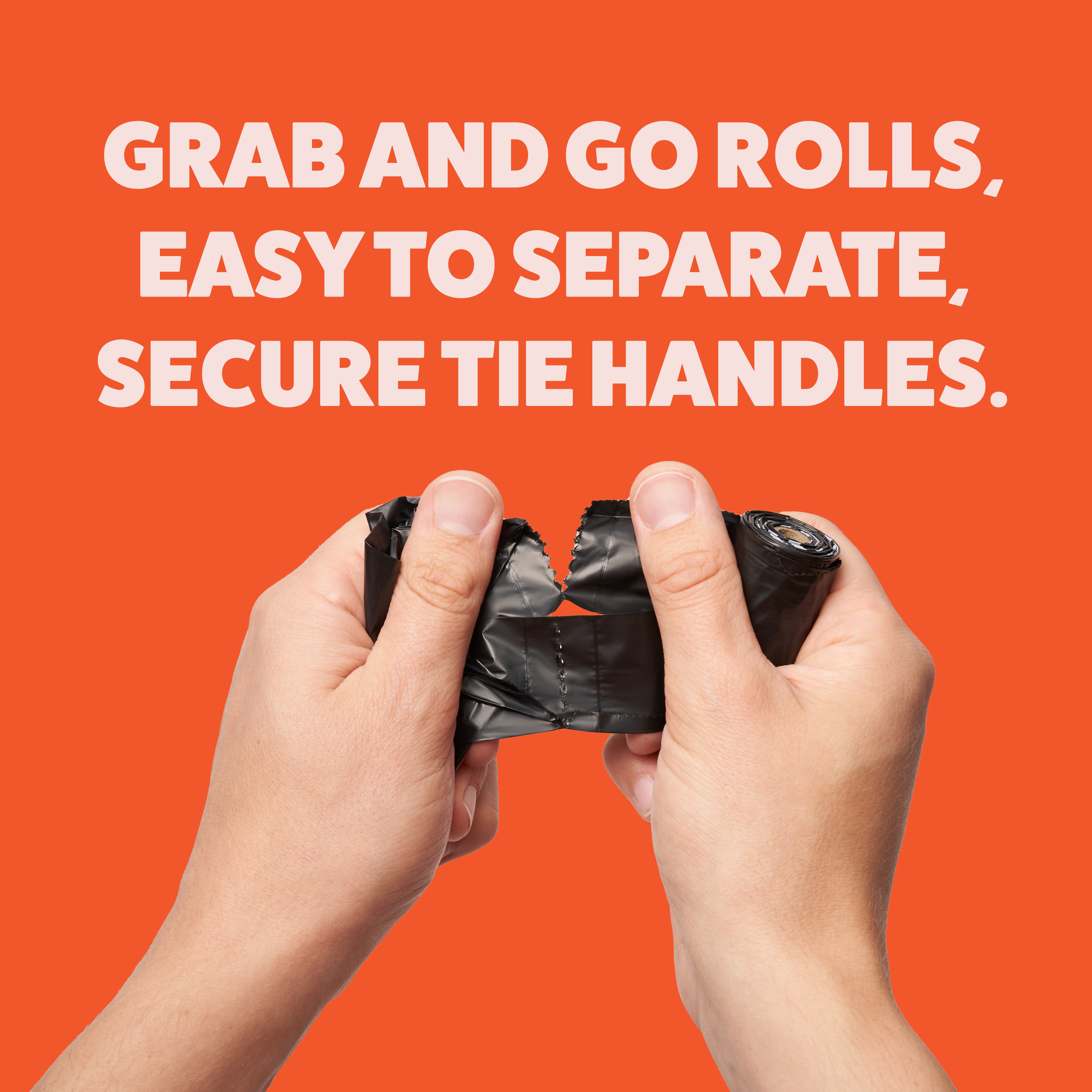




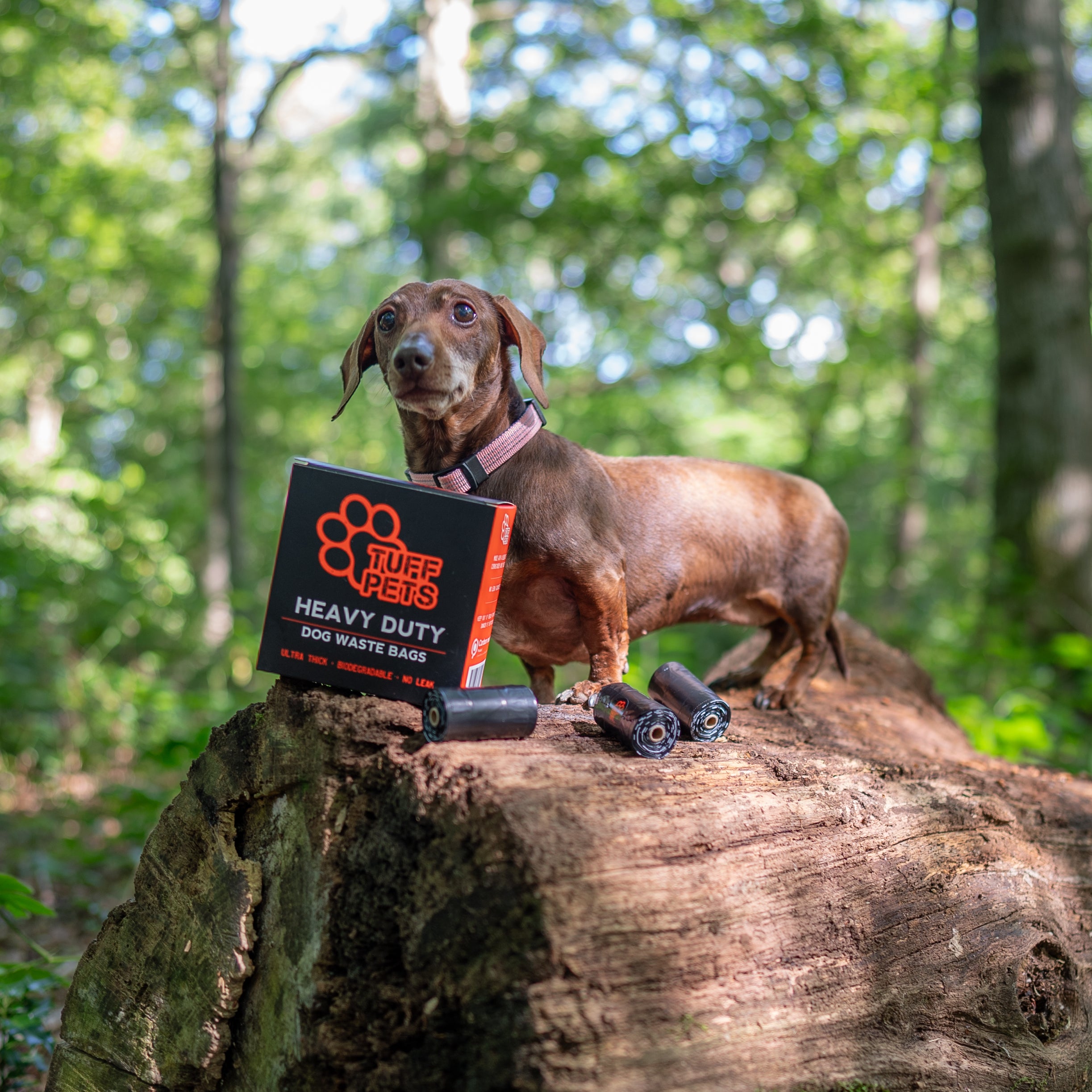




Share:
What Puppies Can't Eat: A Guide for Pet Owners
Why Does My Dog Stand Over My Other Dog?